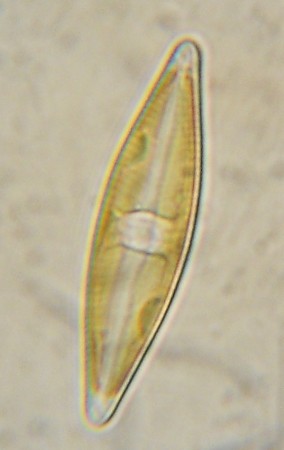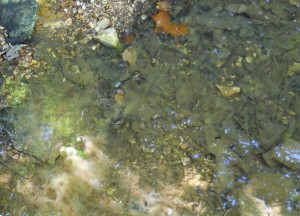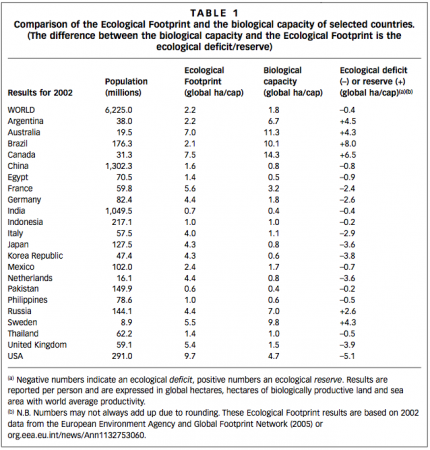George Dvorsky summarizes a new study showing six types of bacteria found in Siberia are able to survive, and even thrive, under Mars-like conditions.
The researchers took these cultures [from Siberian permafrost] and exposed them to similar conditions found on Mars, including a severe lack of oxygen, extreme cold temperatures, and very low pressure (about 150 times lower than the Earth’s, about 7 millibars). The experiment was run over the period of 30 days. Over 10,000 isolates were exposed to these conditions — and they all died.
Except six.
And in fact, these six surviving microbes actually did better under these conditions. Surprised by the result, the researchers took a closer look at the survivors, and following a genetic analysis concluded that they all came from the same genus: an extremely hardy extremophile called Carnobacterium.
— Dvorsky (2012): Scientists show that microbes from Earth can survive conditions found on Mars in io9.
So now we have to wonder if we’ve already, inadvertently, sent life to Mars.





